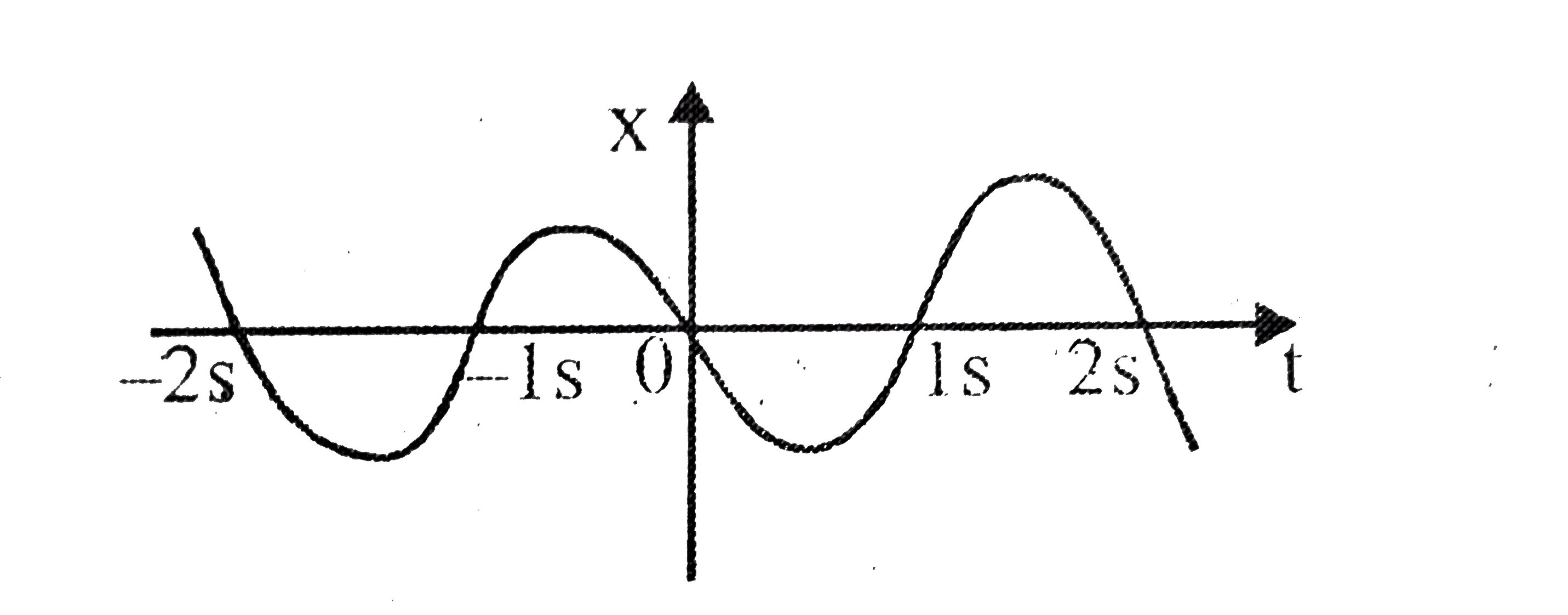Can a particle in one- dimensional motion have zero speed and a non-zero velocity ?
It is not possible because, velocity= speed + direction. If speed is zero velocity is also zero.
Topper's Solved these Questions
- BOOK - PRADEEPCHAPTER - KINEMATICSEXERCISE - 2 Short answer26videos
KINEMATICS
- BOOK - PRADEEPCHAPTER - KINEMATICSEXERCISE - 3 Short answer37videos
KINEMATICS
- BOOK - PRADEEPCHAPTER - KINEMATICSEXERCISE - 6 Very short4videos
KINEMATICS
- BOOK - PRADEEPCHAPTER - GRAVIATIONEXERCISE - Assertion-Reason Type Questions19videos
GRAVIATION
- BOOK - PRADEEPCHAPTER - LAWS OF MOTIONEXERCISE - Assertion- Reason Type Questions17videos
LAWS OF MOTION
Similar Questions
Knowledge Check
- Question 1 - Select One
A body in one dimensional motion has zero speed at an instant. At that instant, it must have
AZero velocityBZero accelerationCNon-zero velocityDNon-zero acceleration - Question 2 - Select One
Figure shows the position the graph for a particle in one dimensional motion. Which of the graphs in fugure represent the variation in the velocity of the particle with time ?
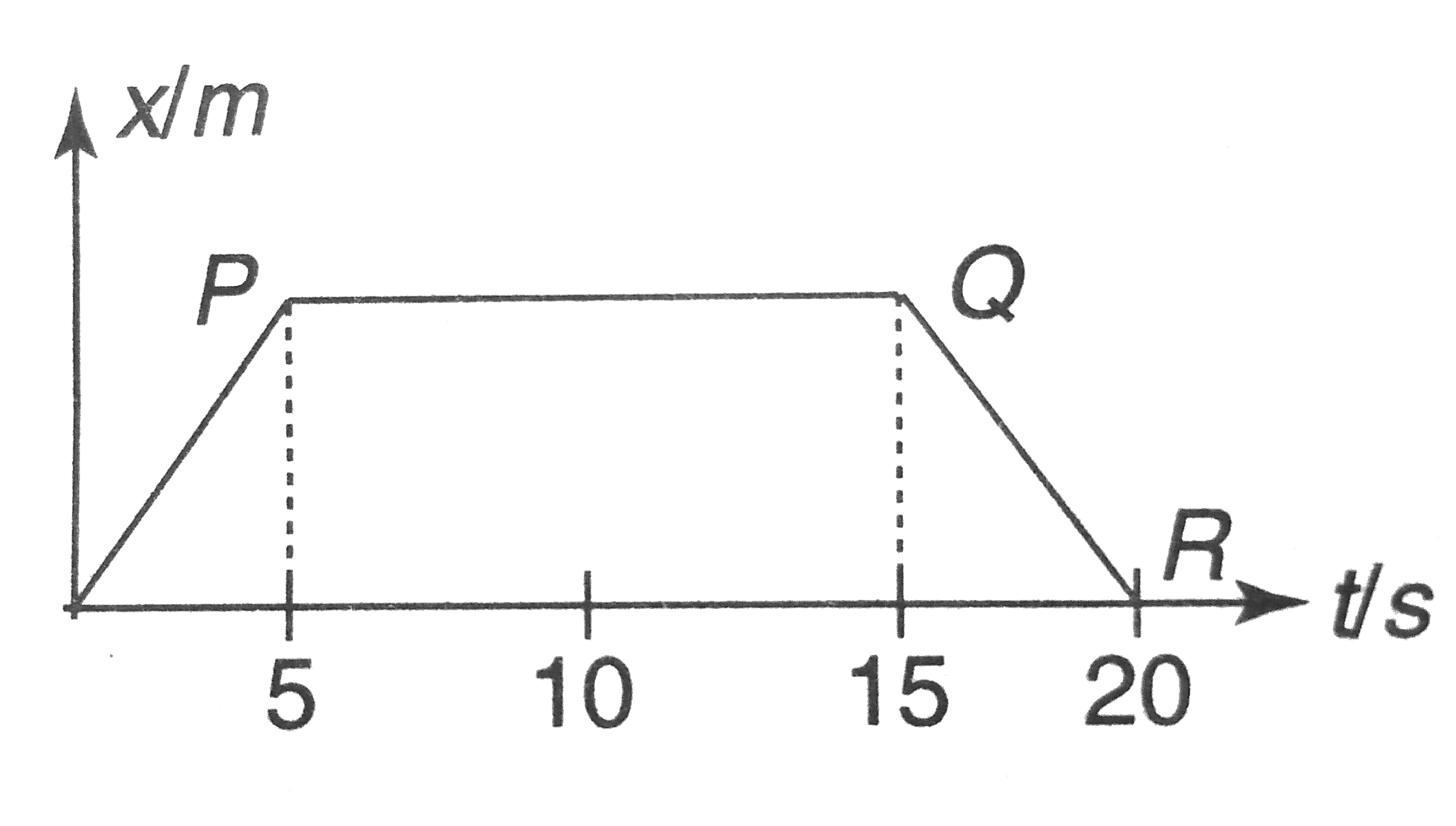 A
A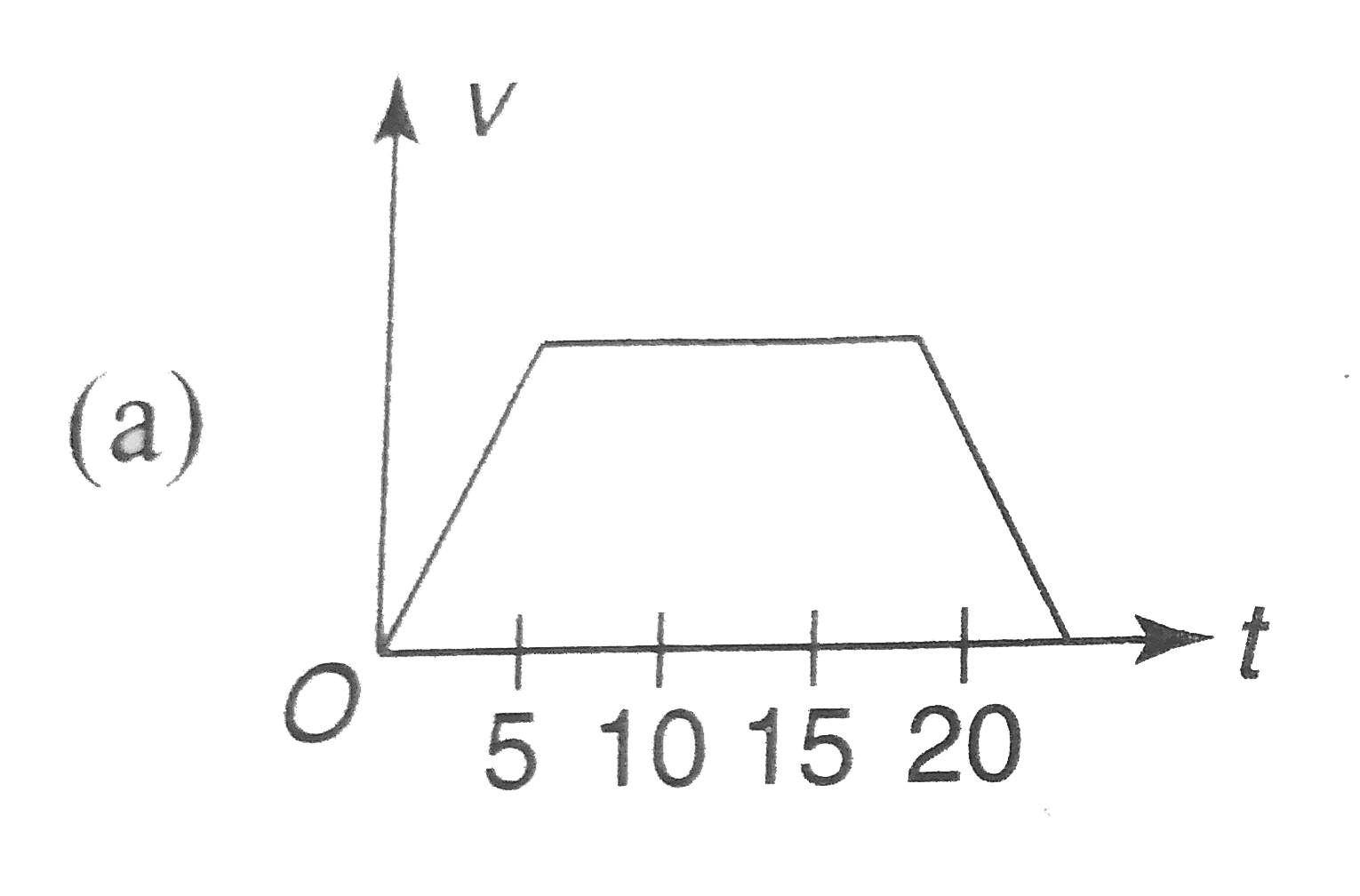 .B
.B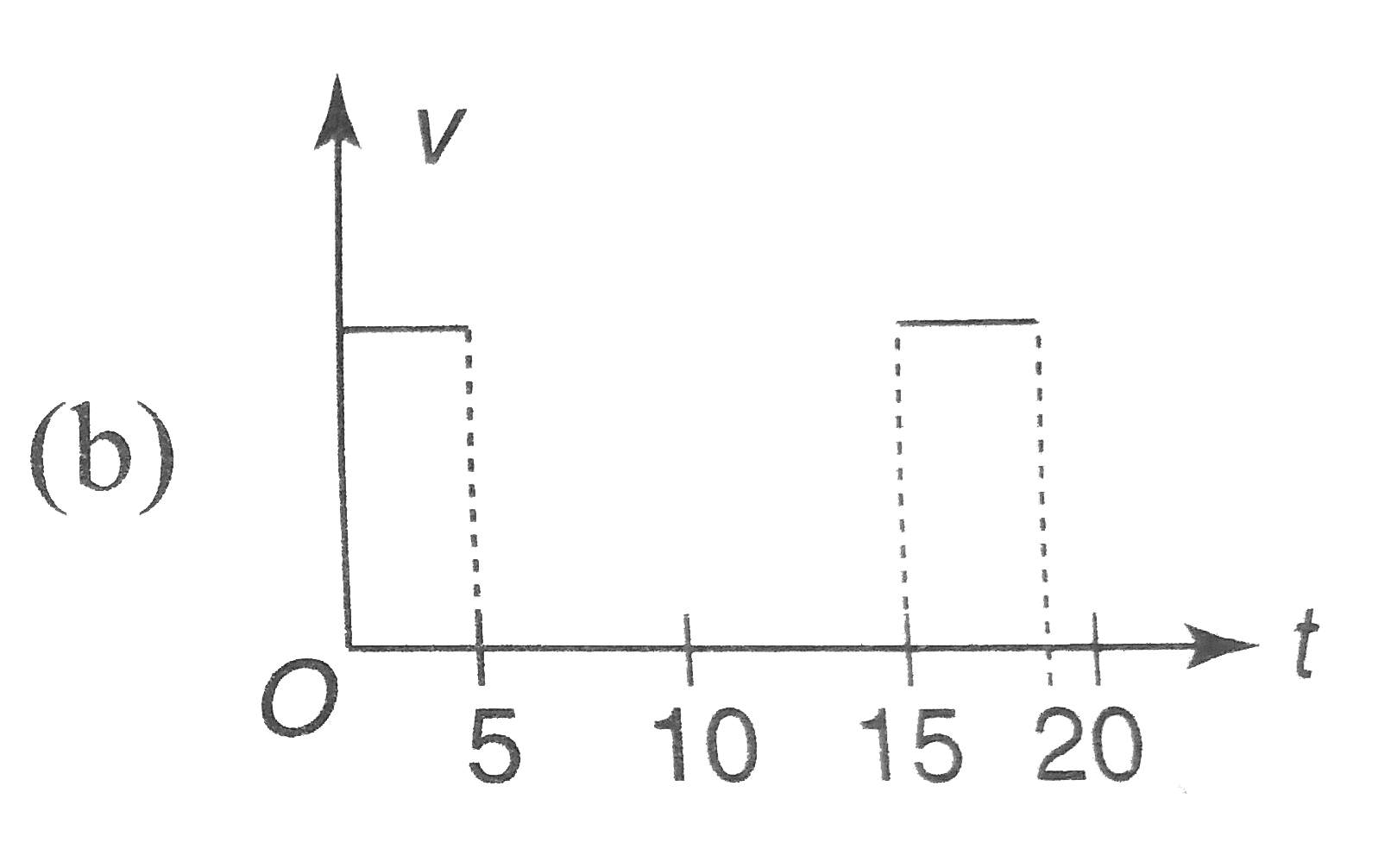 .C
.C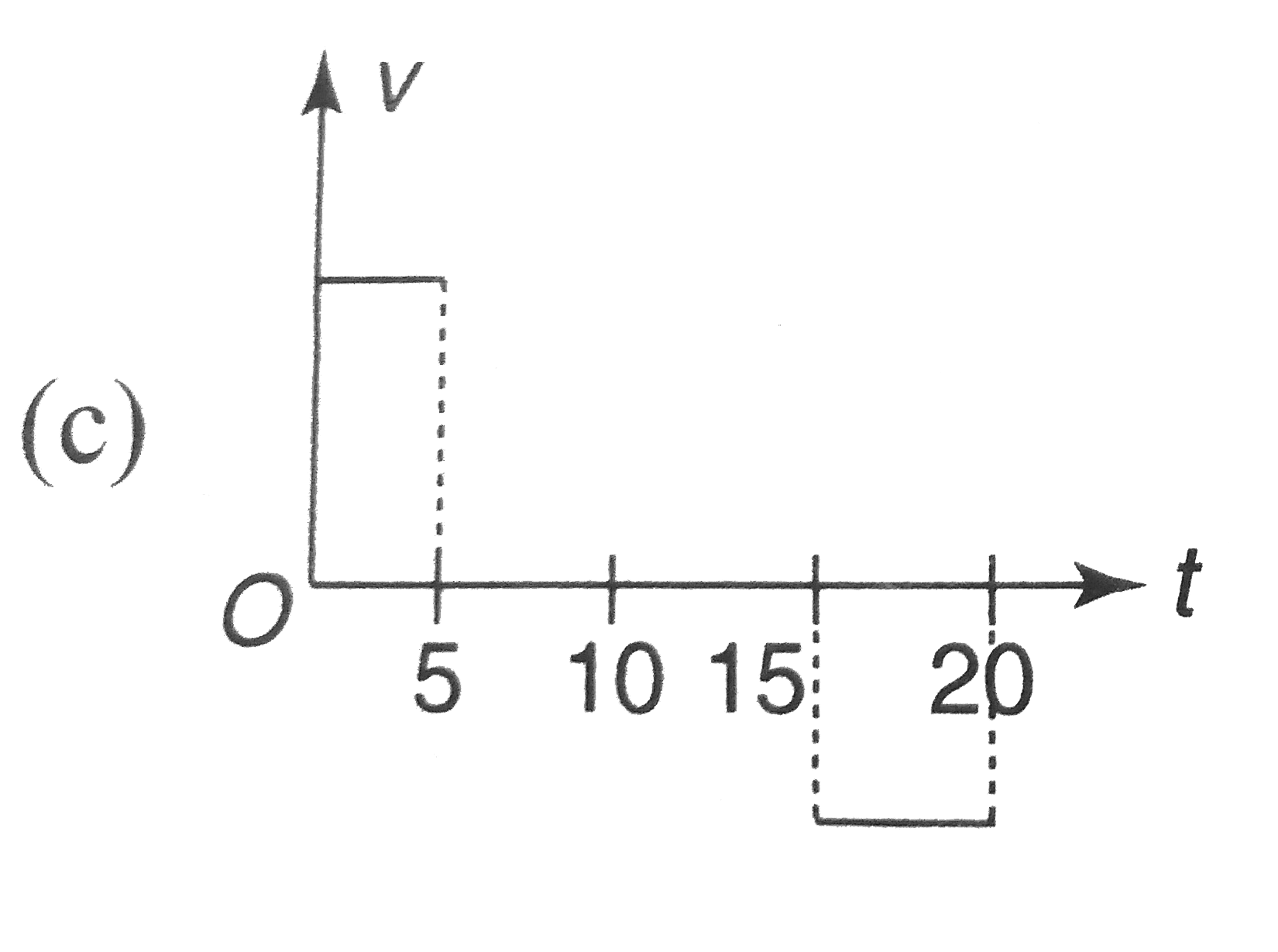 .D
.D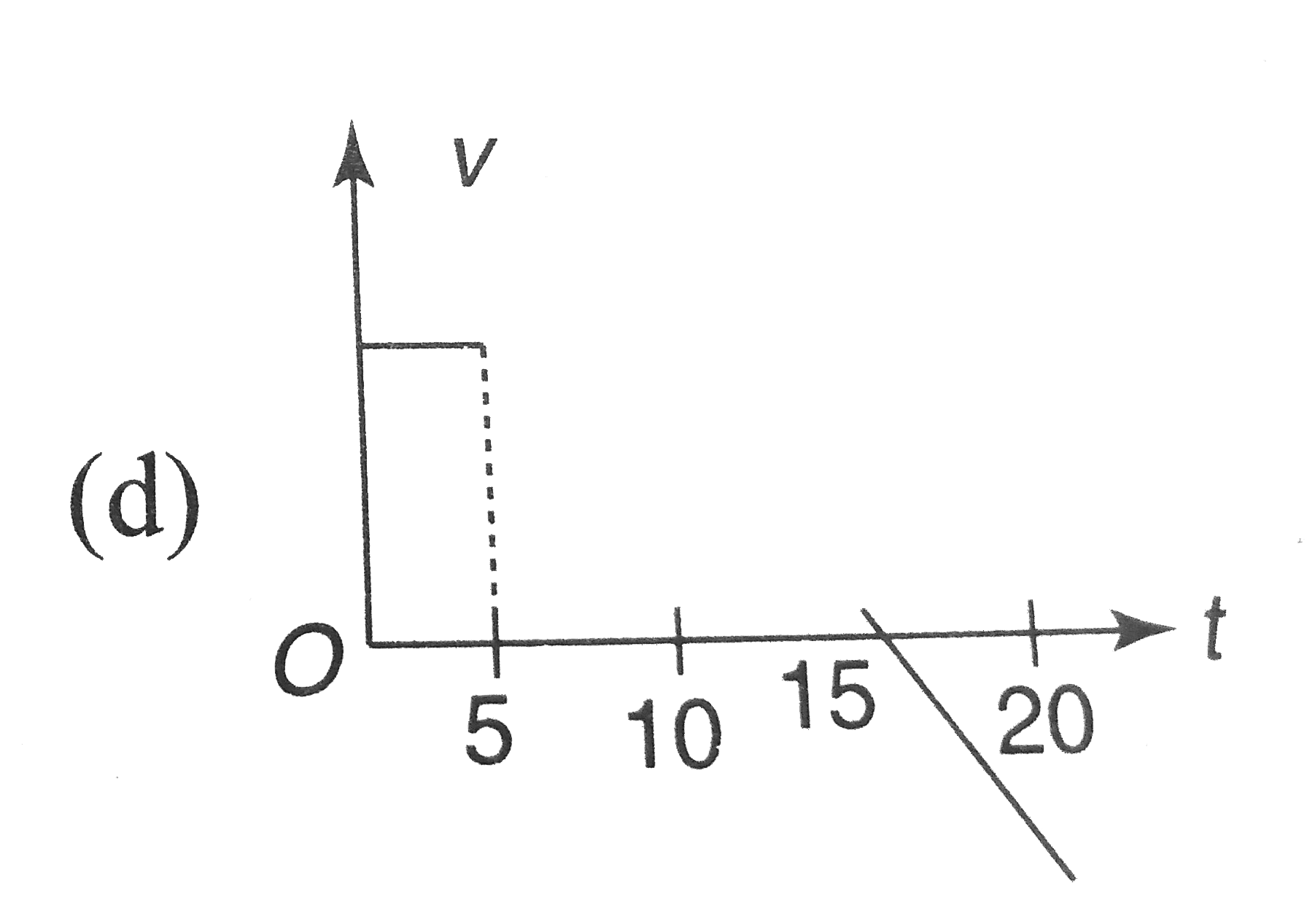 .
. - Question 3 - Select One
Can a body have uniform speed but non-uniform velocity ?
AYesBNoCDepend on magnitudeDUnpredictable
For a particle in one dimensional motion, the instantaeous speed is always equal to the magnitude of instantaneous velocity. Why ?
View SolutionCan a paticle have
(i) zero speed and non - zero velocity ?
(ii) constant velocity but a varying speed ?
(iii) constant speed but a varying velcoity ?View SolutionCan a paticle have
(i) zero speed and non - zero velocity ?
(ii) constant velocity but a varying speed ?
(iii) constant speed but a varying velcoity ?View SolutionRead each staremnt below carefully and state with reasons and expamples if it is true or false ,
(a) with zero speed at an instant may have non-zero accelration at that instant
(b) with zero speed may have non-zero velocity
(c ) with positive speed must have zero accleration
(d) with positive value of acceleration must be speeding up.View SolutionWhen does a particle motion have uniform speed?
View Solution


